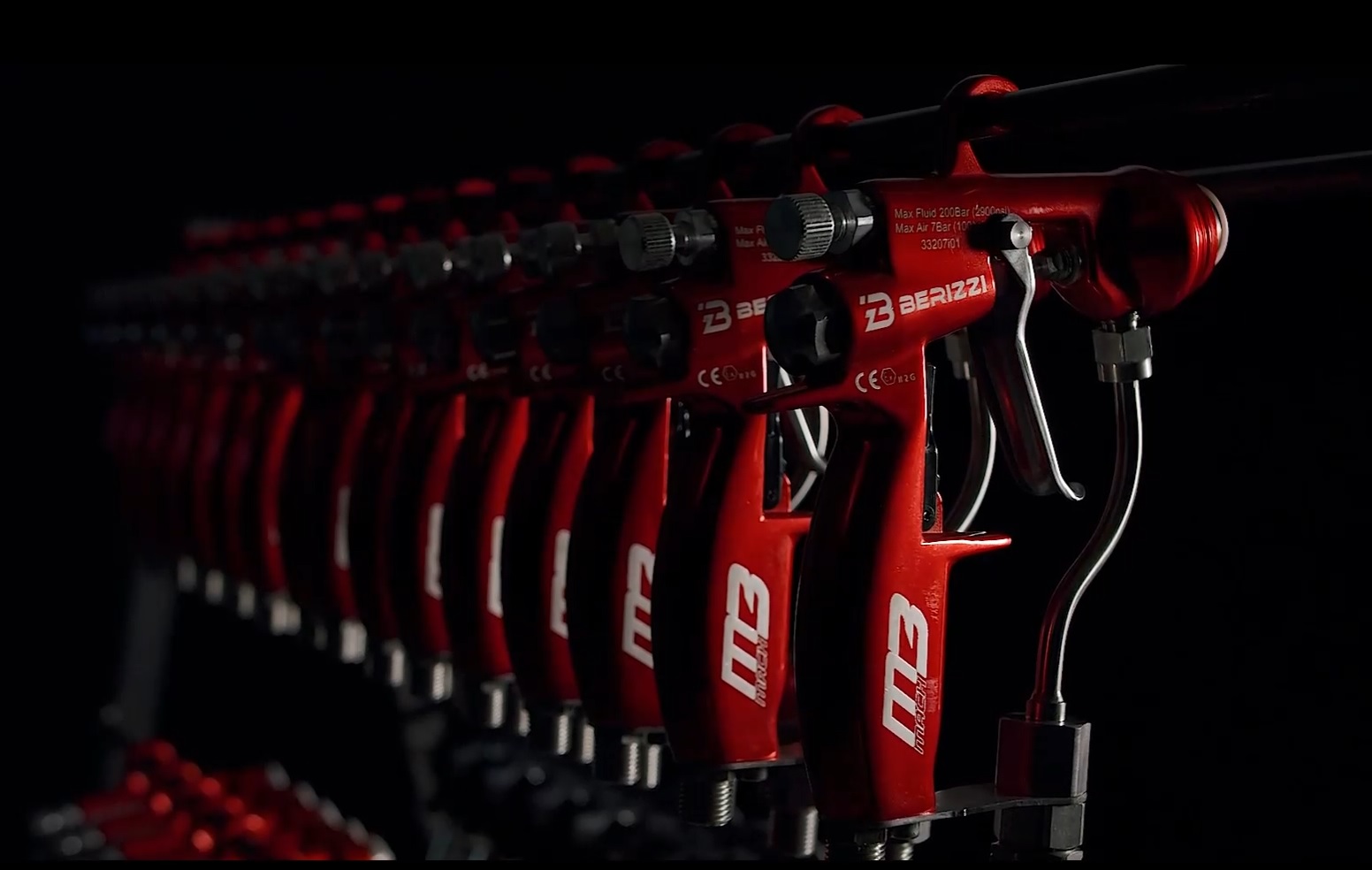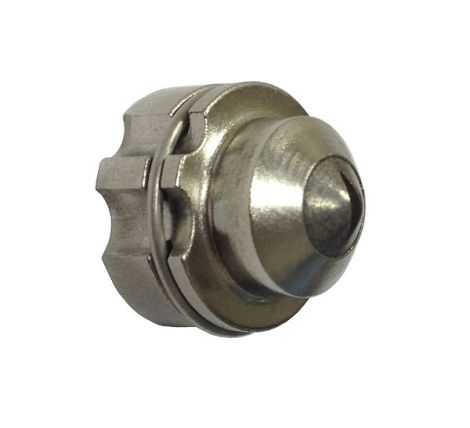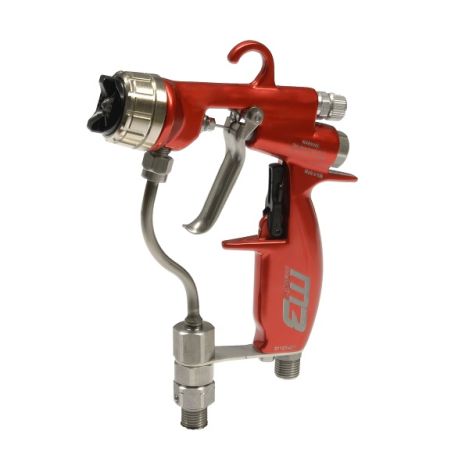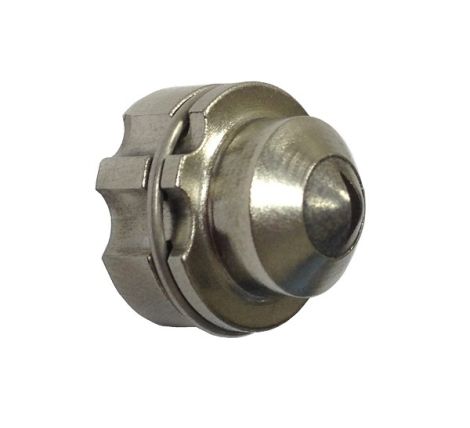WHAT IS AIR ASSISTED AIRLESS SPRAY TECHNOLOGY?
In the 1970's, various combinations of spraying systems emerged. Air-assisted airless was one that developed to fill a need that resulted from escalated material costs and newly enacted Environmental Protection Agency (EPA) regulations. Air-assisted airless, under ideal conditions, combines the best features of air spray along with the best of airless.
Air-assisted airless spray guns first partially atomize the fluid with a special fluid nozzle tip similar to a standard airless tip. Second, they complete the atomization with small amounts of compressed air from the face and/or the horns of the air nozzle that they use. The result is a finely atomized spray pattern closely resembling that of a compressed air system. Newly designed low-pressure, air-assisted airless systems are also available. Some systems restrict the atomizing air pressure to comply with various EPA guidelines; as a result, these systems can be considered HVLP air-assisted airless.

Advantages
The primary advantage of air-assisted airless is its "soft" spray atomization. Atomization air pressures are usually low, under 20 psi, and as a result, this system provides a fine finish with most coatings approaching that of compressed-air atomization. With air-assisted airless we can see an approximate 30% improvement in transfer efficiency over compressed air. This system allows us to increase flow rates, while also spraying into recesses and cavities, without excessive bounce-back of material. This means less booth maintenance and cleanup time. We also can expect a reduction in compressed-air supply requirements. Since fluid pressures generally range from 200-800 psi, less wear on the pump and tip is to be expected.
Disadvantages
Tip clogging with .007 to .011 orifice size can occur with air-assisted airless. Tip clogging usually occurs with pigmented coatings and for easy unclogging try out our tip cleaning needles.




Post comments
Leave A Reply
Your email address will not be published.